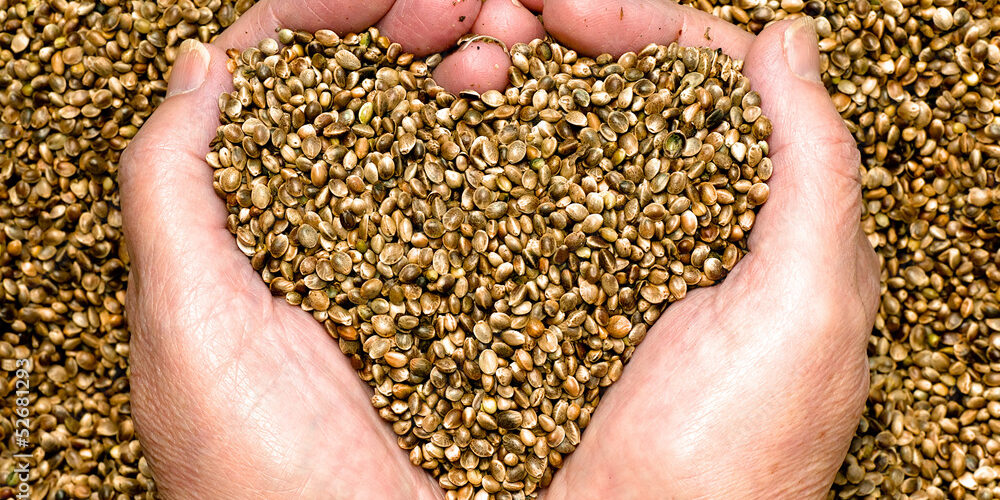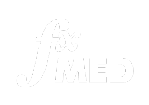
Fibrocystic breast changes are the most common breast condition, with up to 60% of women experiencing these changes at some point. Typically, though it can cause a lot of discomfort, it is usually a benign or harmless condition.
EVALUATING FIBROCYSTIC BREAST CHANGES
Fibrocystic refers to the breast tissue becoming lumpy, ropey or nodular in texture. These changes can be quite normal, but it is always a good idea to do a thorough evaluation when your patients start to notice them. Signs and symptoms of fibrocystic breasts often include pain and tenderness, breast swelling, and palpable lumpiness. Symptoms for some, but not all, women cycle with menses with symptoms being more pronounced after ovulation, in the second half of their cycle, also called the luteal phase. Typically, symptoms then resolve with the menses. Some women have no symptoms, but it is noted on imaging. Most women that have fibrocystic breasts develop them before the age of 50, usually in their 30s, and symptoms may subside with menopause. However, this is not always the case and some women on HRT after menopause can still develop fibrocystic breast changes. Luckily there are lots of ways to manage fibrocystic breast and the symptoms, especially if we can uncover some of the underlying factors.
POSSIBLE CAUSES OF FIBROCYSTIC BREASTS
To date the exact cause – and why some women suffer more than others – is undetermined. It appears those who develop fibrocystic changes may be more sensitive to hormone shifts during their menstrual cycle, hence the fluctuations in symptoms.
HIGH OESTROGEN AND OESTROGEN DOMINANCE
The correlation between fibrocystic breasts and oestrogen is often discussed in research, but it is not always a clear case of high oestrogen that’s the trigger. Progesterone also may play a role. When we consider fibrocystic breasts and hormones, two common hormone patterns are most associated: high oestrogens and/or low progesterone-to-oestrogen ratios. The low progesterone can cause a relative oestrogen-dominant state.
OESTROGEN METABOLISM
Potentially oestrogen metabolism can play a role as well. There is a strong correlation between high 16OH-E1, a phase one oestrogen metabolite, and fibrocystic or tender breasts. 16OH-E1 is a proliferative oestrogen and, in many ways, can mimic oestrogen-dominant symptoms. Lastly, there are some indications prolactin may play a role as well. Prolactin is a hormone that is important for breast development and lactation. When it is high it may trigger some of the tissue changes. Typically, it is high during breastfeeding, which is normal. But it can also become elevated at other times from things like physical and mental stress, kidney disease and hypothyroidism. Another important reason to try to work on stress management! But it is also important for providers to run lab work to check for these hormonal causes of fibrocystic breasts.
GENETIC FACTORS
Another likely culprit is genetics. There is a tendency to see increased occurrence if another family member has fibrocystic breasts. Genetics can be a factor in oestrogen metabolism that we previously mentioned as well. The enzyme responsible for making 16OH-E1, CYP3A4, can be upregulated or downregulated based on one’s genetics. Another cause could be restricted lymph flow. And lastly, there appears to be some correlation with diet. This may be due to the inflammatory nature of some foods or other unknown causes.
ARE FIBROCYSTIC BREASTS ASSOCIATED WITH CANCER RISK?
Fibrocystic changes are not cancer, and in the long term there is not an increased risk of cancer. Potentially denser breast tissue can make imaging and breast cancer screening more difficult, but this has improved with more recent technology including digital mammograms, ultrasounds and MRI. The primary concern for most women is the discomfort fibrocystic breasts can cause.

TREATMENT CONSIDERATIONS
The first treatments to think about are changes that can be made to diet and lifestyle that may improve symptoms. Alcohol is known to worsen fibrocystic breasts and is inflammatory, so avoiding or limiting can be helpful. There is some research that indicates caffeine may worsen symptoms, but the research is mixed. Still, it is probably worth a trial caffeine elimination to see if it is helpful. Exercise may improve lymph flow, even walking regularly can be a benefit. Also being mindful of posture, especially if your patient spends much of their day at a desk. They could also try gentle stretches during the day to open the chest and strengthen the back. Some women find relief with heat over the breasts or gentle massage to help move lymph as well. Lastly, think about possible exposures at work, in the house, or around town. Toxins, particularly xeno oestrogens, are endocrine disrupting chemicals that can “mimic” oestrogen and may worsen fibrocystic breast changes. We all encounter these regularly in daily life, and so we need to be mindful of what we put in and on our bodies.
DIETARY CONSIDERATIONS THAT MAY IMPROVE BREAST HEALTH
There is a lot that can be done to improve oestrogen balance and oestrogen detox. Eating more vegetables, particularly cruciferous vegetables, is a great place to start. Foods like broccoli, cabbage, and kale promote the “good” pathway of oestrogen metabolism. You can also try to create improved balance of oestrogen metabolites including the pathway that makes 16OH-E1 with foods like rosemary, peppermint and grapefruit. Research is mixed on fats, but many women see improvement by including healthy fats, particularly foods high in omega 3s like those found in salmon, chia seeds and walnuts. Not all fat is good, consider limiting inflammatory fats like fried foods.
Nuts and seeds are often on the top of the list for their beneficial properties. Speaking of seeds, flax seeds are also high in omega 3s, but come with the added benefit of lignans that support oestrogen detox. They are one of my top picks to balance oestrogen! Plus, they are a healthy, gentle fibre that also aids in oestrogen elimination. Fibre intake and regular bowel movements are foundational to hormone balance and detox. These may seem common sense but can make a big difference. We should be pooping at least daily!
SUPPLEMENTS
There are some specific nutrients that seem to help fibrocystic breasts. One of the best studied groups is antioxidants. Specifically vitamin E, but also beta carotene and CoQ10 as well. B6 is another nutrient that has shown promise. It is known to support progesterone as well as being a cofactor in many processes including oestrogen detox. B6 is most commonly found in a B-complex along with other B vitamins. Evening primrose, black currant and borage oils are all high in gamma-linolenic acid (GLA) which supports progesterone. These supplements may improve the oestrogen-progesterone balance and can often help diminish the symptoms of fibrocystic breasts. There is some research that says iodine may be helpful, though it is not entirely clear how. Be cautious supplementing if there are any thyroid issues as iodine can affect the thyroid as well. Iodine is found in many foods like sea vegetables and animal proteins which, as part of a well-rounded diet, may be safer than supplementing.
HERBAL REMEDIES
Lastly, there are some herbs that appear to be helpful as well. Vitex or chaste tree berry is one of the most commonly known. It has historically been used for cyclical breast pain, which often comes along with fibrocystic breasts. It has also been known to increase progesterone, as well as lower prolactin, so it may be a benefit in that way. Other herbs that support healthy detox and lymph flow can also be used. Think about liver-supportive herbs like dandelion, burdock, milk thistle, and artichoke. Some of these also support lymph but other lymph movers include red clover, calendula and dandelion.
MONITOR HORMONE LEVELS BEFORE STARTING TREATMENTS
Fibrocystic breast changes are common, but their annoying symptoms don’t have to be. Consider testing your patients before starting down a treatment path with something like a DUTCH Test, to see baseline hormone levels as well as oestrogen metabolism. You may not be able to reverse the changes, but testing can help you get to the root cause of breast pain and can give you a roadmap for setting a treatment plan that can improve the symptoms.
Available upon request.
Share:
Related Posts

Goodbye Pie Chart, Hello Phase 1 Sliders
Written by Allison Smith, ND | 2025 As we usher in a new era of DUTCH testing which leaves behind the concept of the three-way

Introducing the DUTCH Dozen
Written by Kelly Ruef, ND | 2025 Hormone testing can be complex, which is why Precision Analytical developed the DUTCH Dozen, an interpretive framework that

DUTCH Report Enhancements
Written by Hilary Miller, ND | 2025 Precision Analytical have released the newest version of the DUTCH Test. This is the report’s most significant update

Gallbladder Health 101: What It Does and How to Keep It Working Well
Written by Ashley Palmer & Pooja Mahtani | 2025 The gallbladder may not get much attention compared to the gut, but it plays a central

Can You Bring Vitamins on a Plane? How To Travel with Supplements
Written by Austin Ruff | 2024 Are you traveling for a work conference, an athletic competition, or a weekend getaway? Just because you’re leaving home
